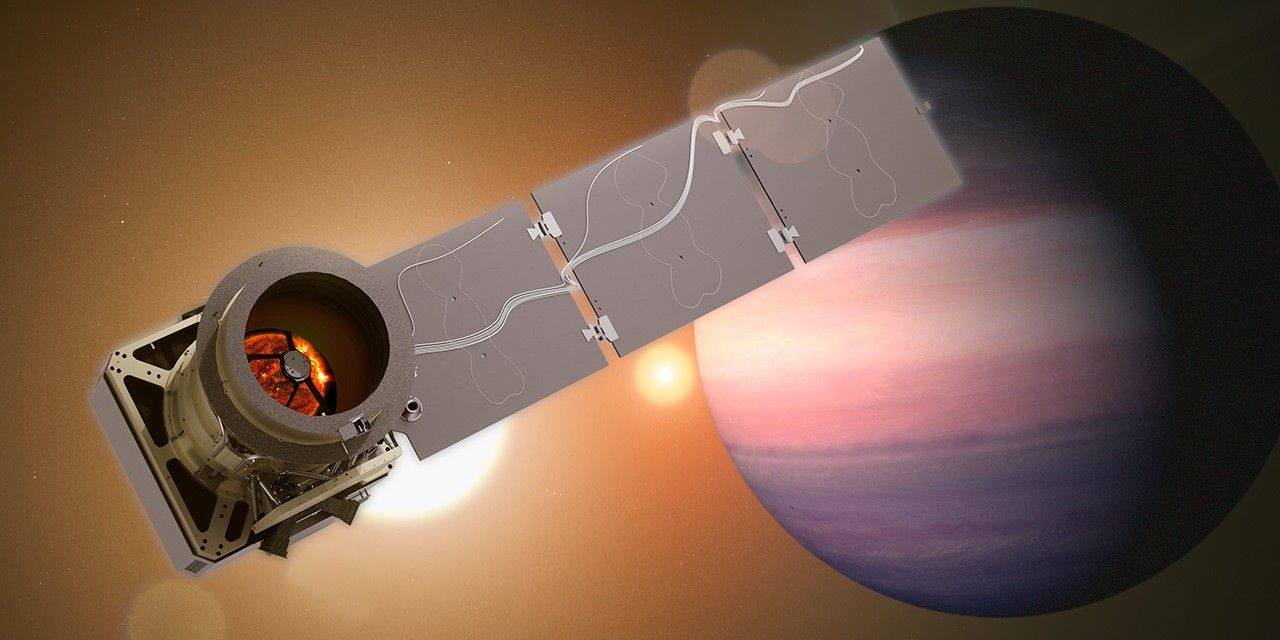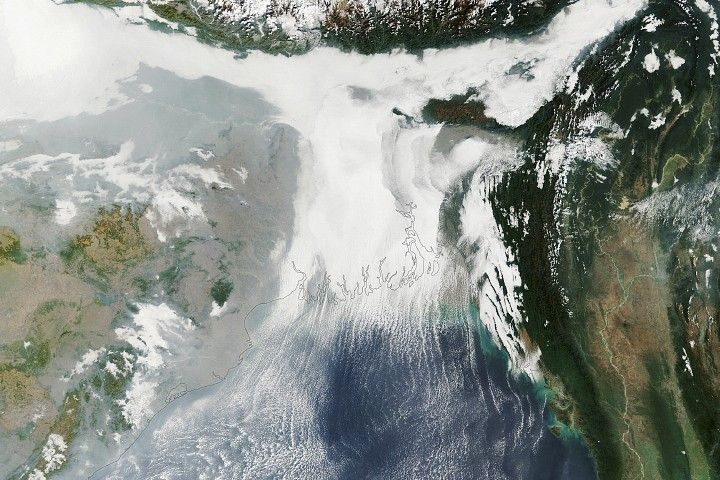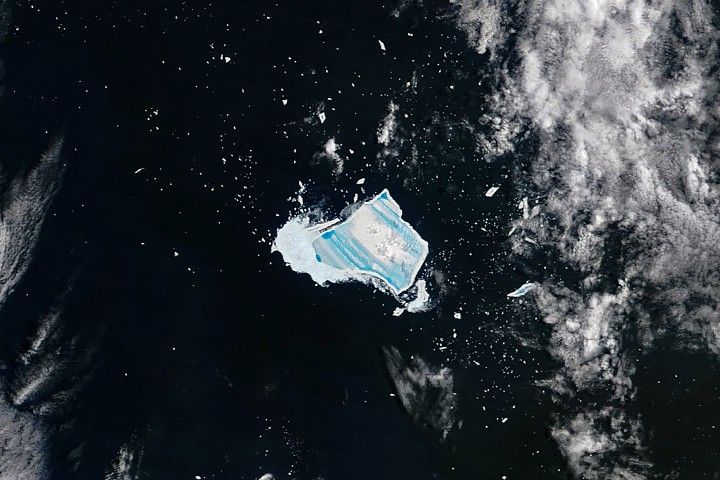Every evening, small fish and microscopic animals called zooplankton journey to the ocean surface, where they feast on microscopic plants under the moonlight before returning to the depths at dawn. With data collected during the EXport Processes in the Ocean from Remote Sensing (EXPORTS) field campaign in 2018 to the Northeastern Pacific Ocean, scientists have now shown that some zooplankton living in the twilight zone of the ocean at depths of greater than 300 meters swim up and down also in response to shifts in light due to cloud cover.
The nightly trek from the ocean depths to the surface has been called the largest migration on Earth, because of both the number of animals who make the nightly trek and how far these tiny creatures travel roundtrip. NASA has observed this global migration with a space-based laser on the CALIPSO satellite. Scientists have also documented these migrations during events such as eclipses, full moons and storms.
“The amount that they swim is pretty remarkable given their body length, said Melissa Omand, an associate professor of oceanography at the University of Rhode Island Graduate School of Oceanography. “It’s like me in Rhode Island going to Boston and back every day,” she said, roughly 80 miles.
Throughout the day, when clouds pass overhead, zooplankton make “mini-migrations” of about 50 feet on average. These add up to 30% of the average nightly migration distance, the team reported in a study published August 2 in the journal Proceedings of the National Academy of Sciences. The findings could have implications for scientists’ knowledge of the metabolic requirements of zooplankton, which are key players in the marine food web and the transfer of carbon in the ocean.
The discovery comes from data collected during NASA’s EXPORTS mission, which seeks to better understand the export and fate of carbon from the upper ocean to the deep using satellite observations and state of the art ocean technologies. Omand was one of the more than 100 scientists from nearly 30 research institutions that participated in the science campaign. During the expedition, they used an instrument called an acoustic doppler current profiler, or ADCP, to measure ocean currents. The instrument sends out pings of sound that bounce off suspended material in the water column, like particles or zooplankton. Some of those pings are reflected to the instrument, while others are scattered.
When Omand went below deck to analyze the ADCP data on her computer, she noticed something intriguing. There were unusual “wiggles” in the data, signifying that something was moving up and down in the water column. Based on the frequency of the sound waves, 150 kHz, and the marine animals captured in nets of other concurrent EXPORTs experiments, that something was most likely zooplankton. She also noticed that those wiggles lined up with the changes in sunlight measured by the radiometer – a device that measures the intensity of sunlight – mounted on the ship.
To Omand, this implied that the zooplankton were swimming up and down as the light changed due to clouds passing overhead. She made a simple computer model that confirmed her suspicions: the zooplankton were following isolumes, or areas in the ocean with the same amount of light throughout. For example, when cloud cover prevented sunlight from reaching as deep in the ocean, the zooplankton would swim toward the surface to stay in water with their preferred brightness. When the clouds passed, they would swim back down. According to the model, the zooplankton were responding to changes in brightness of only 10% or 20% – an imperceptible difference to Omand and the rest of the crew standing on the ship deck.
“This finding poses some really good questions about whether there’s an evolutionary or ecological advantage to this daytime behavior,” said Omand. She notes, however, that this is just one series of observations in one spot in the northeastern Pacific Ocean. In addition, the ADCP data cannot pinpoint specific zooplankton species. These new results show that some twilight zone animals are considerably more active than previously thought. More information is needed to fully understand why zooplankton exert energy swimming up and down all day in response to small changes in light, and if this behavior is common among different zooplankton species and throughout oceans worldwide.
“But it’s such a cool thing to have a window into the daytime lives of these little animals,” Omand said, “and hopefuly this sheds light on the cues these animals are using and why they do what they do.”































